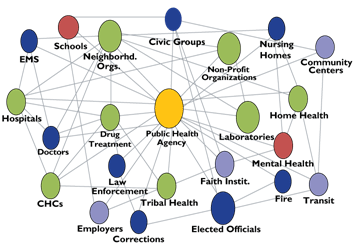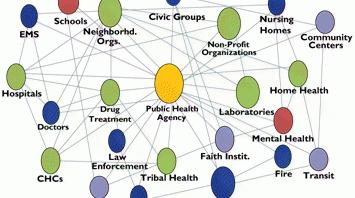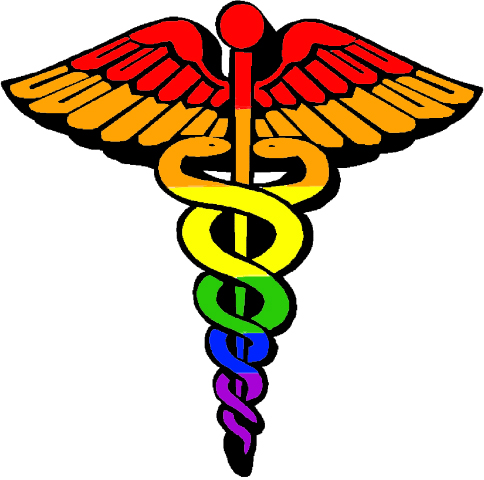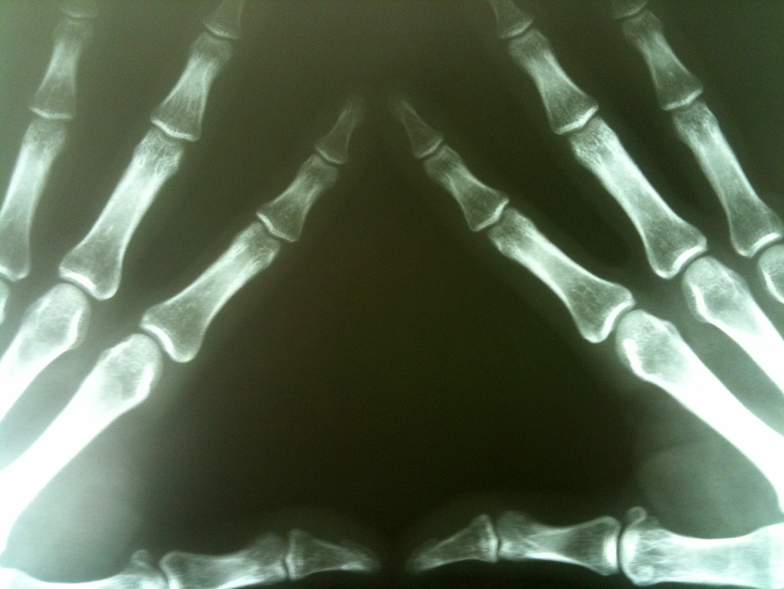Last Updated on February 6, 2020
In 2016, there were 36,978 deaths in the United States involving guns. This includes 732 children and 3,234 teenagers; 21,386 were suicides and 346 of the events are considered mass shootings (the FBI defines mass shootings as when four or more people are shot and/or killed in a single event at the same general time and location, not including the shooter). Despite disagreements on certain measures among Americans, gun violence can certainly be considered a public health issue in the U.S.
Before 1996, the Center for Disease Control & Prevention (CDC) was charged with researching gun violence, much in the way that the CDC researched deaths from car crashes and the life-saving effects of seatbelts and child car seats. Following a 1993 study that connected gun ownership with a higher risk of being the victim of a homicide by a family member or intimate acquaintance, the National Rifle Association (NRA) responded by lobbying for the elimination for the CDC’s Center for Injury Prevention. While the Center for Injury Prevention remained, the 1996 federal budget included an amendment proposed by Rep. Jay Dickey forbidding the CDC from “advocating or promoting gun control” as well as cutting their budget by the exact amount the CDC had spent on firearm injury research the year prior. While not explicitly barring the research of gun violence, the language of the Dickey amendment and budget cuts created an environment where few within the CDC were willing to risk their careers by pushing for research that could be misinterpreted as advocating for gun control laws as opposed to advocating for public health.
The CDC ranks gun violence as a leading cause of death in the United States. Americans are more likely to die by an assault with a firearm than riding inside an automobile, and only marginally more likely to die from an accidental gunshot as opposed to being the victim of a mass shooting. Any death by firearm is more likely in the U.S. than the combined risks of drowning, fire and smoke, stabbing, choking on food, airplane crashes, animal attacks, and natural disasters including hurricanes, tornadoes, earthquakes, floods, or lightning strikes. This appears to be a unique problem to the United States among countries not in open warfare or corrupted by criminal organizations. There are those that blame gun violence on depictions in movies or video games despite these same forms of entertainment being available throughout the developed world. The United States consists of less than 5% of the world’s population, though has more than 42% of the civilian-owned guns on Earth. When comparing crime on a whole, the United States has an average amount compared to similar countries; the only outlier in U.S. crime is gun violence.

The debate on gun rights in the United States is fraught with complexities and strong emotions from all points of view. As a nonprofit healthcare information resource, it is not appropriate for us to comment on all aspects of the debate. We at NeedyMeds prefer to remain apolitical—we work in a diverse office with people of varying backgrounds and views—however, NeedyMeds does support the open research into gun violence by the CDC and for recommendations to be made in the interest of public health. Without research, any governmental proposals to fix or prevent the gun violence issue in the United States could be formed by baseless conjecture or discouraged altogether. Jay Dickey, the author of the 1996 amendment barring the CDC from “advocating” gun control, later worked with Mark Rosenberg, the author of the 1993 study that incited the NRA lobbying against studies into gun violence, regretting his addition to the legislation and intimated that “We won’t know the cause of gun violence until we look for it.”
NeedyMeds encourages Americans to be active in the legislative process: If you have an opinion on important public health issues in the United States, call 202-224-3121 to reach the U.S. Capitol switchboard; from there you can be connected to your elected House Representative or Senator’s office.
For those who have been the victim of a violent crime in the United States, there are victim compensation programs in all 50 states and Washington, D.C. These programs help victims of rape, assault, child sexual abuse, drunk driving, domestic abuse, as well as families of homicide victims. Compensation programs can cover medical bills, mental health treatment, and often includes crime-scene cleanup, travel costs to receive treatment, moving expenses, or even the cost of housekeeping or child care if the victim is unable to do so. The programs are often flexible with their eligibility, though most require reporting the crime to police within a specified time frame and cooperating with the investigation. You can find NeedyMeds’ listings for the crime victim compensation programs in our Diagnosis-Based Assistance Database under Violent Crimes. For more help finding information, call our toll-free helpline Monday-Friday 9am-5pm Eastern Time at 1-800-503-6897.




2 Comments